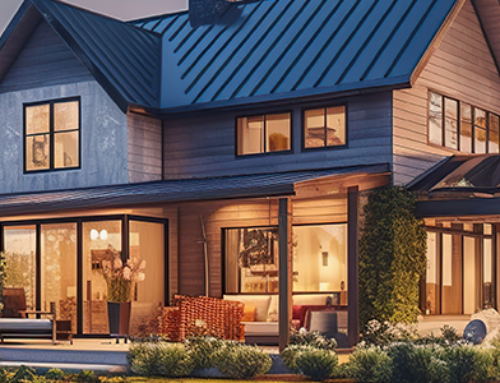The Future of Home Size in 2025
Trends and Insights for Construction Business Owners
The construction industry has long relied on trends in home size as a key indicator of consumer priorities and market dynamics. Over the past decade, these trends have shifted dramatically, driven by economic cycles, interest rate fluctuations, and changing lifestyles. As the market adjusts to a new economic reality, construction business owners must prepare for the potential evolution of home size demand in the years ahead.
Understanding the Decline in Home Sizes
The size of new single-family homes has seen a notable decrease in recent years. According to recent data, the median home size has dropped to 2,150 square feet, with the average hovering just below 2,350 square feet. This marks a significant departure from the post-COVID construction boom, when home sizes temporarily surged.
Several factors have driven this decline:
- Affordability Challenges: Rising interest rates in 2022 and 2023 significantly reduced housing affordability, pushing many prospective buyers toward smaller, more budget-friendly options.
- Shifting Consumer Preferences: The demand for starter homes increased, reversing the trend from 2009 to 2015, when larger homes dominated the market.
- Economic Pressures: Higher borrowing costs and inflationary pressures have reshaped what buyers can afford and prioritize.
While the trend toward smaller homes has been evident, the potential for change looms on the horizon.
Will Lower Interest Rates Signal a Reversal?
As long-term interest rates show signs of decline, questions arise about whether larger homes will regain popularity. Historically, periods of lower interest rates have allowed buyers to stretch their budgets, often resulting in increased demand for larger homes.
Looking ahead to 2025, construction businesses should consider these factors:
- Economic Recovery: Stabilizing rates could rejuvenate interest in expansive floor plans, particularly among higher-income buyers seeking luxury features.
- Evolving Lifestyles: Remote work, which surged during the pandemic, continues to influence home designs, keeping flexible spaces like home offices and multipurpose rooms in demand.
- Demographic Shifts: Millennials entering peak homebuying years may prefer larger homes to accommodate growing families.
However, any reversal in home size trends will likely be gradual and contingent on broader economic conditions.
Key Takeaways for Construction Business Owners
To navigate the changing landscape effectively, construction professionals should focus on adaptability and market alignment. Key strategies include:
- Diversifying Offerings: Maintain a mix of designs that appeal to both entry-level and move-up buyers. Incorporate versatile spaces that cater to remote work and multi-generational living.
- Monitoring Economic Signals: Track interest rate movements and housing market reports to anticipate shifts in buyer demand. Stay informed about regional trends, as preferences may vary by location.
- Emphasizing Value: Showcase energy efficiency and sustainable features, which remain popular across all home sizes. Position smaller homes as affordable yet spacious solutions through innovative design.
The ability to pivot in response to market conditions will be critical in capturing buyer interest and sustaining profitability.
Stay Ahead in a Dynamic Market
As the industry approaches 2025, the outlook for new home sizes remains uncertain but filled with opportunities. Construction businesses that stay attuned to economic signals and buyer preferences will be well-positioned to thrive in a dynamic housing market.
and start making data-driven decisions to secure your business’s success.






